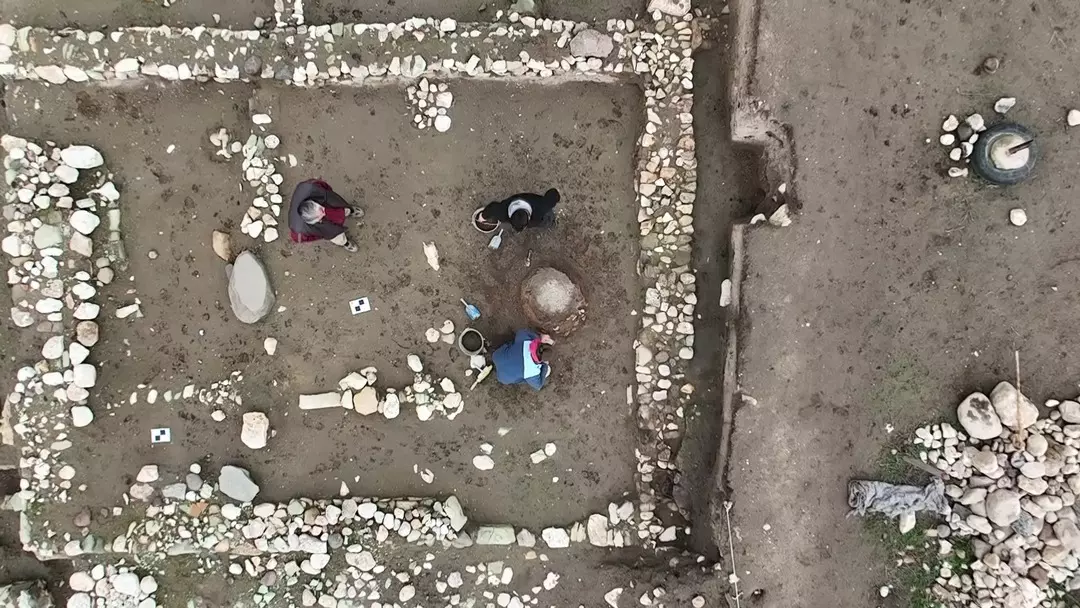A recent study of human remains from Norway is reshaping what we thought we knew about Viking society—revealing a level of violence that may have far exceeded earlier assumptions. Nearly 40% of the skeletons examined by researchers showed signs of violent death, including fractured skulls, sword wounds to the back and legs, and embedded arrowheads.
The research was led by Lisa Mariann Strand, an osteologist and PhD candidate at the Norwegian University of Science and Technology (NTNU), who remarked:
“Violence was widespread—even within the relatively small sample of remains we had available.”
Not All Vikings Were Equally Violent
The popular image of the Viking as a bloodthirsty warrior, obsessed with glory in death and the promise of Valhalla, may need revising. While history paints Vikings as brutal conquerors who ravaged parts of Britain, Iceland, and Greenland, the study highlights striking regional differences in how violence manifested across Scandinavia.
For example, remains found in Norway showed clear signs of close combat and ambush-style attacks. In contrast, skeletons in Denmark were overwhelmingly marked by signs of execution, especially decapitation.
“Beheadings aren’t something you do in the heat of battle,” explained Strand. “They require time, control, and authority.”
Executions in Denmark Suggest a Centralized Power Structure
According to sociologist David Jacobson from the University of South Florida, mass executions point to a highly organized and centralized authority. On the other hand, the more chaotic and sporadic violence seen in Norwegian remains suggests a society that was either decentralized or frequently in internal conflict.
The Gokstad Ship and the Rarity of Elite Burials
Among the most iconic archaeological finds from the Viking Age in Norway is the Gokstad ship, now on display at Oslo’s Viking Ship Museum. This exceptionally well-preserved vessel has been the focus of intense research by archaeologist Jan Bill, who also supervises Strand’s doctoral work.
The man buried in the Gokstad ship appears to have died in battle. The grandeur of his burial and the wealth of accompanying artifacts suggest he was a figure of high status—perhaps a king or warlord.
But burials of this kind are extremely rare. As Bill points out, while such graves provide impressive archaeological snapshots, they offer only limited insight into the broader social and political structures of the Viking Age.
Graves and Weapons: A Deeper Look at Viking Violence
To gain a fuller understanding of the violence reflected in skeletal remains, researchers turned to another enduring source of information: grave goods. These included not just weapons, but also jewelry, tools, and everyday items—each offering clues about the deceased’s identity, role, and standing in their community.
Jan Bill noted a striking disparity between Norwegian and Danish burial practices.
“In Norway, weapons in graves are extremely common,” he explained. “In Denmark, they’re rare.”
In fact, when adjusted for population, weapons were found up to 50 times more frequently in Norwegian graves than in Danish ones.
Iron, Warfare, and Cultural Divergence
The abundance of iron in Norway likely played a crucial role. Easier access to materials for crafting weapons may have contributed to a more militarized society. Bill compares Viking swords to modern firearms:
“They served no purpose other than to kill—or to threaten death.”
From the Battlefield to the Heart of Society
These findings don’t just change how we understand Viking deaths—they offer valuable insight into how Viking societies functioned. They reveal layers of social structure, legal practices, and power dynamics that challenge the simplistic stereotype of the uniformly savage Viking warrior.
Instead, what emerges is a complex mosaic of differing cultures and political systems across Scandinavia—some considerably more violent than others.







